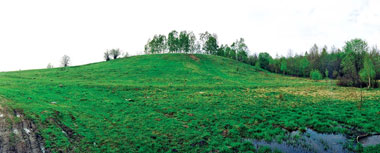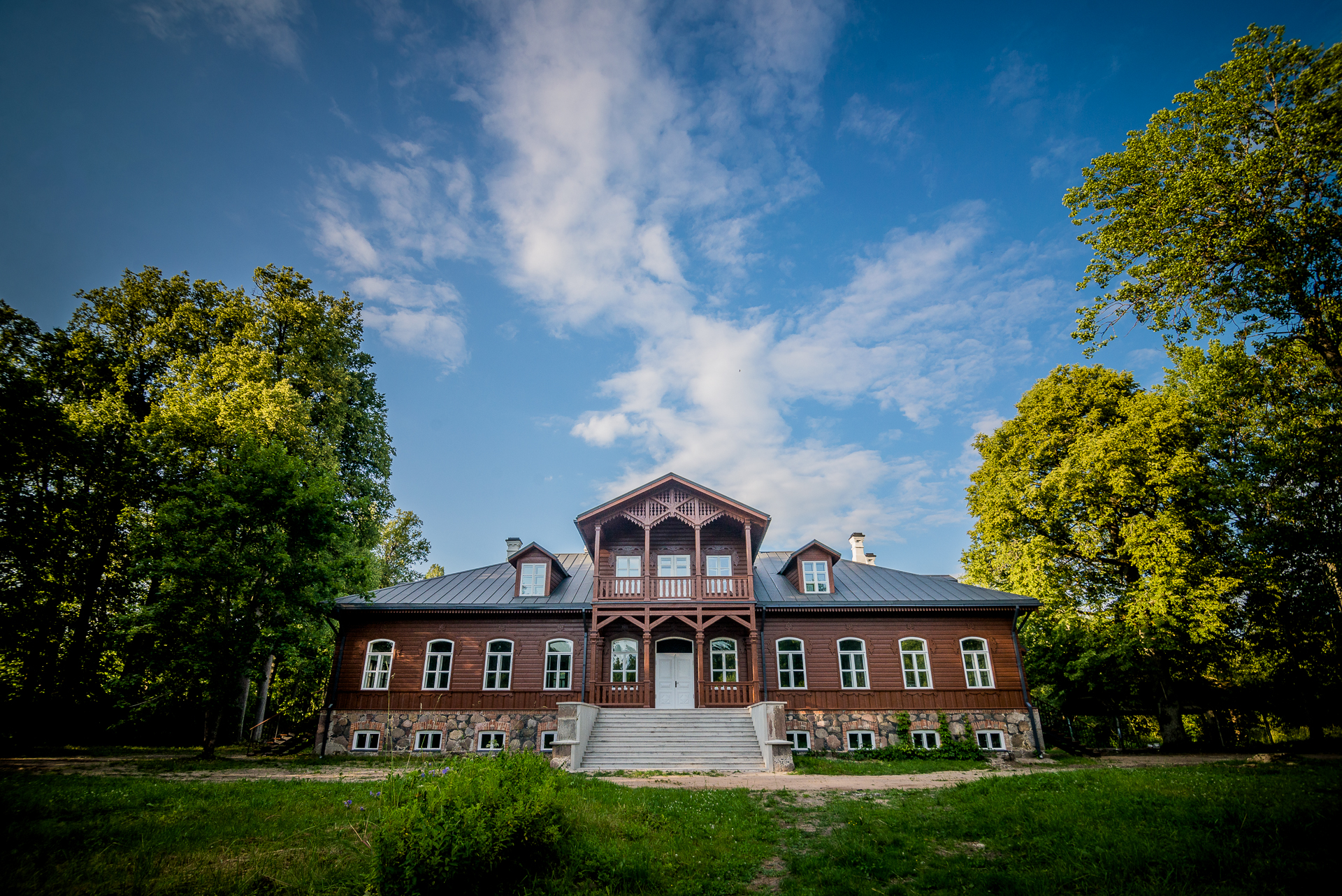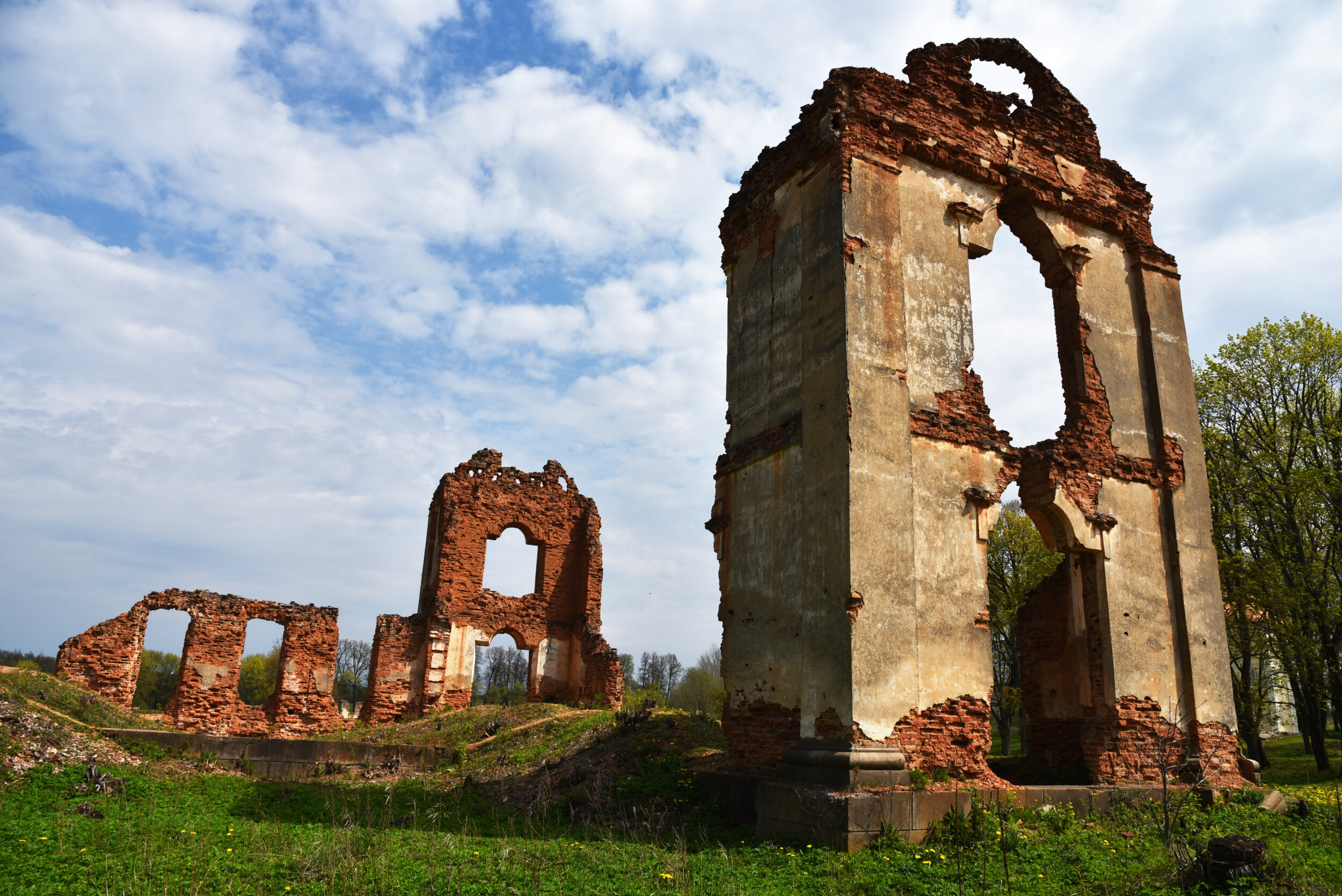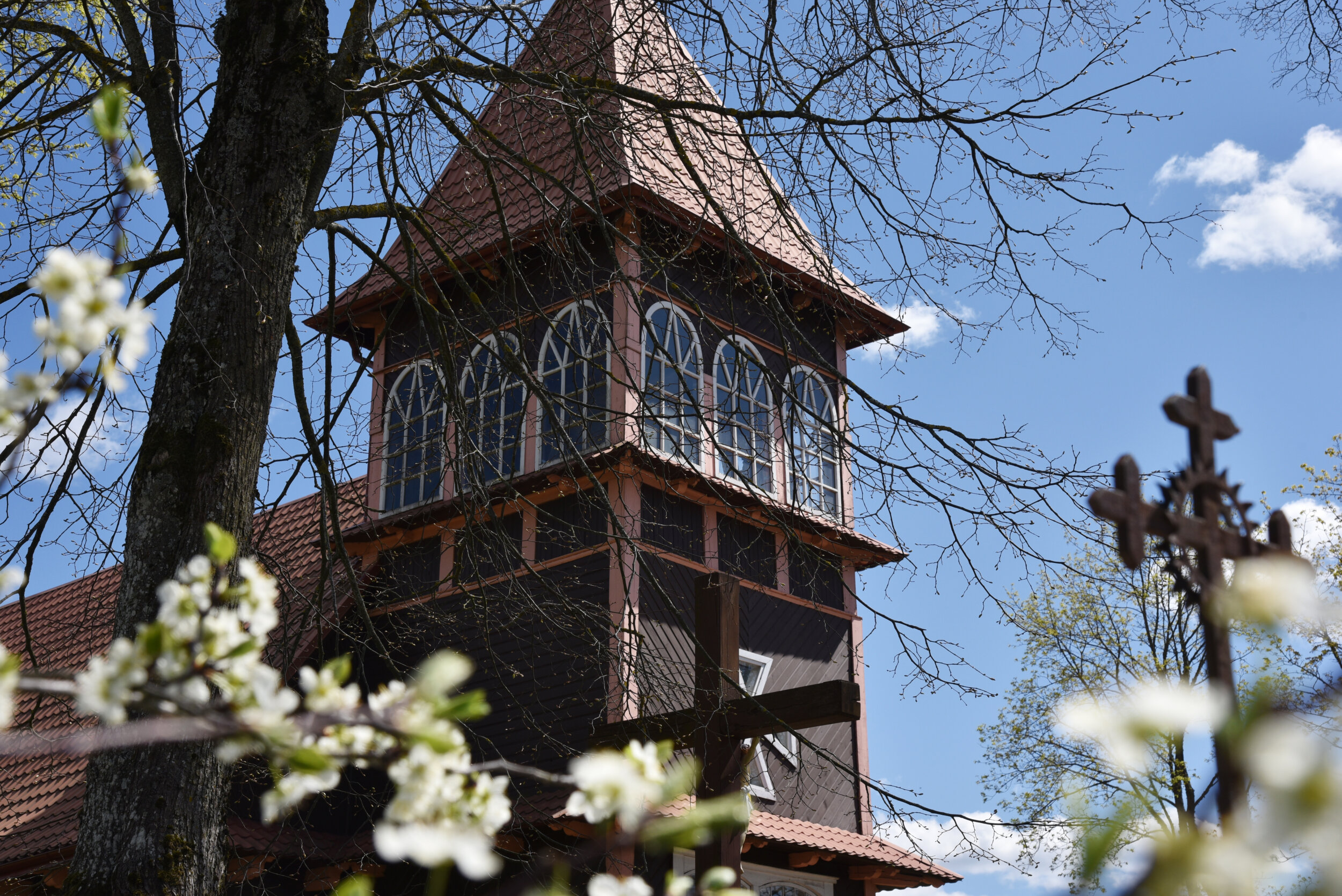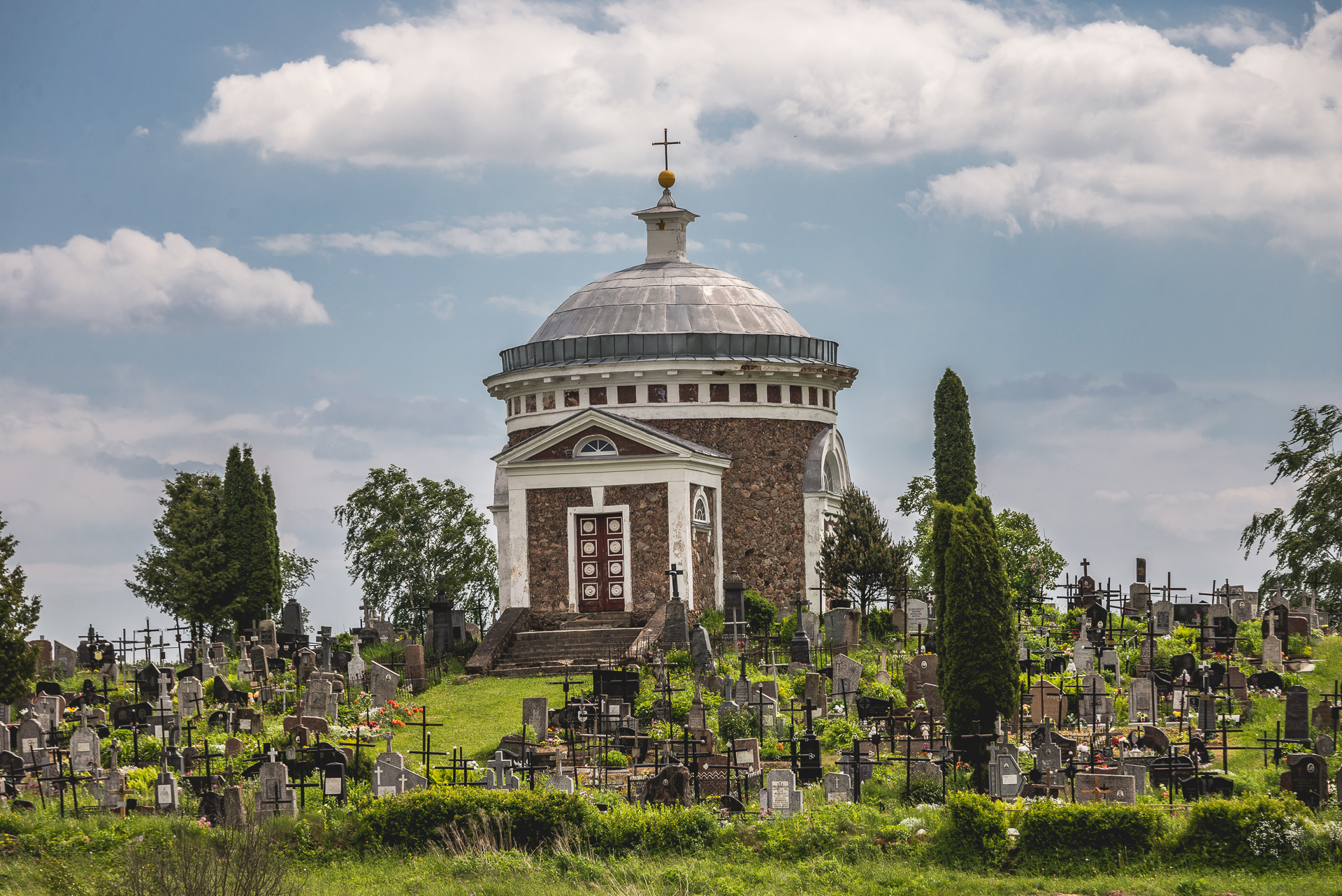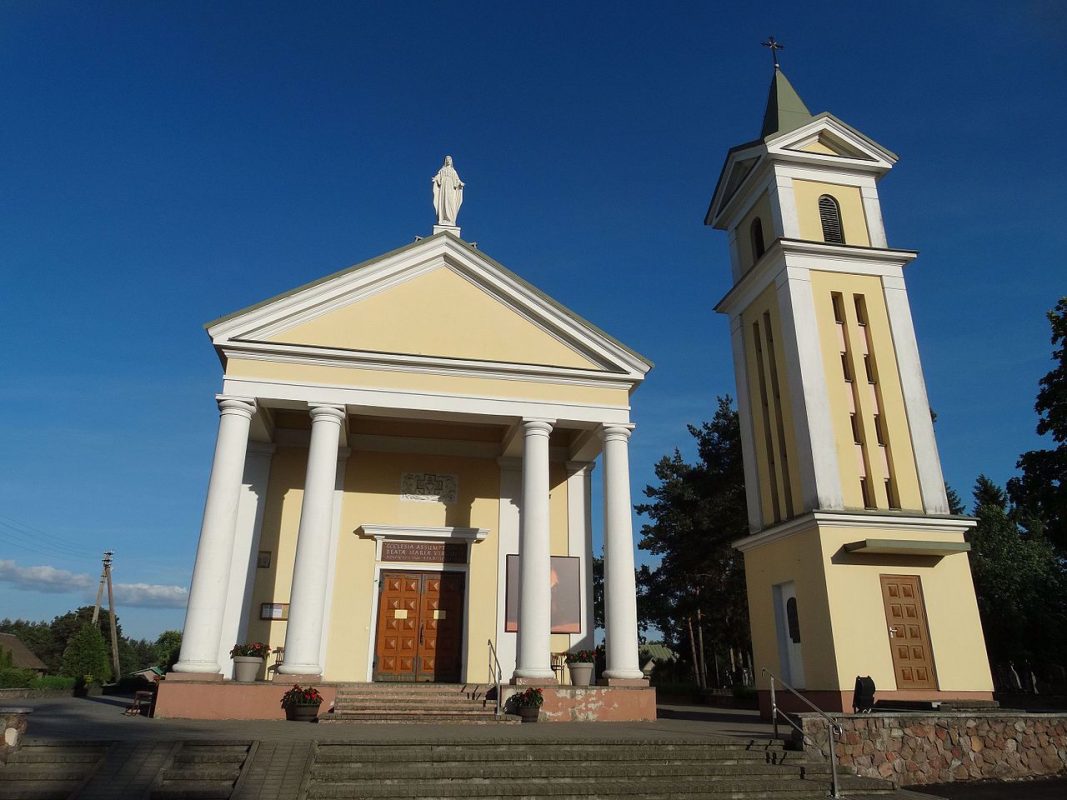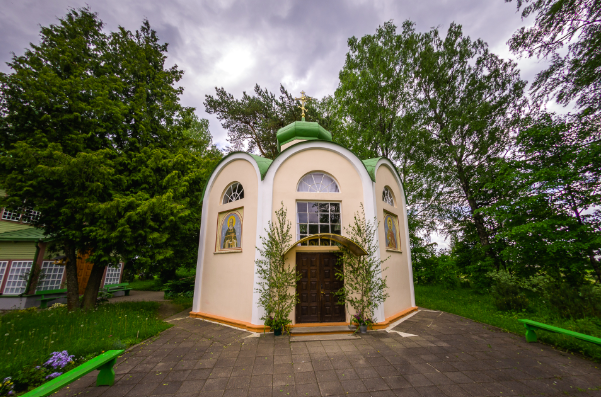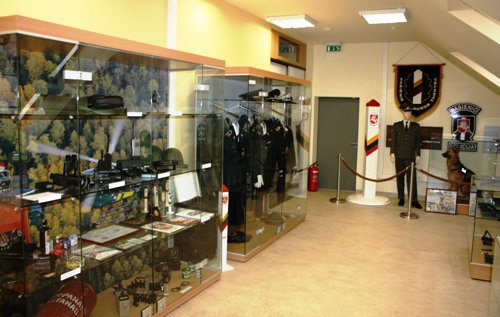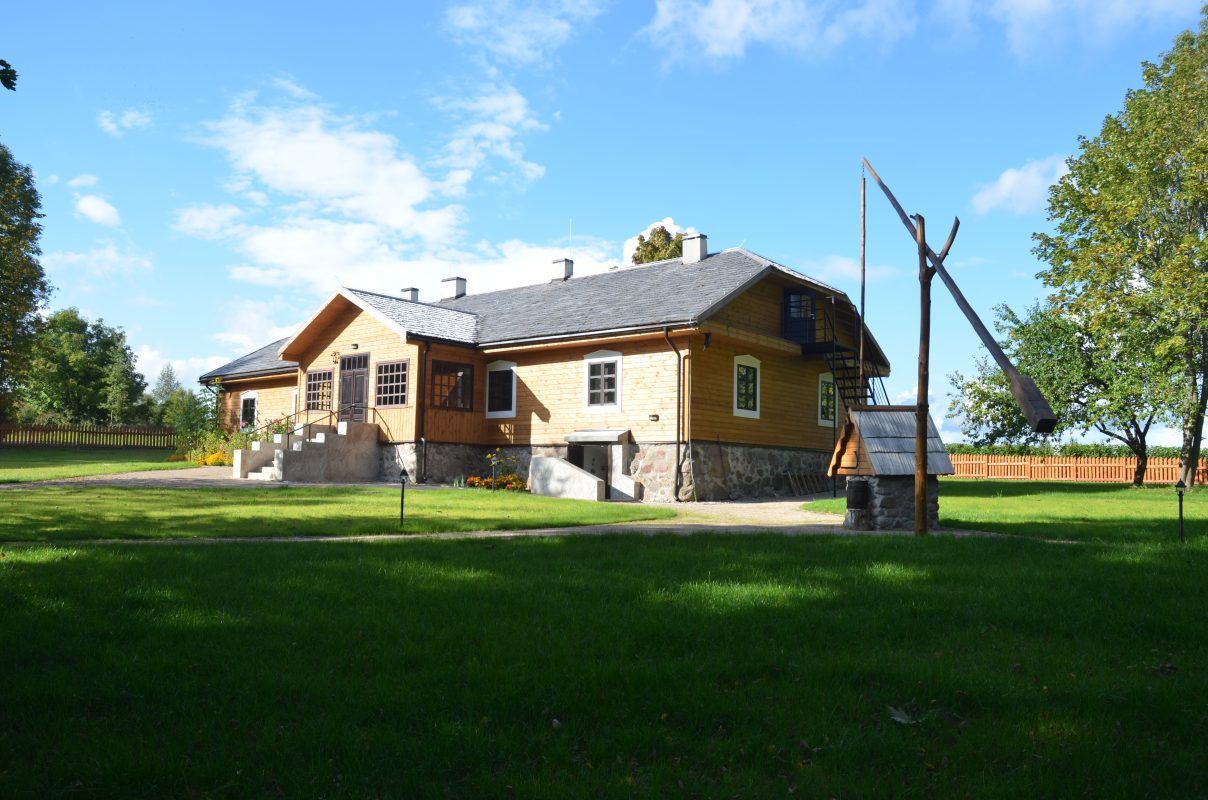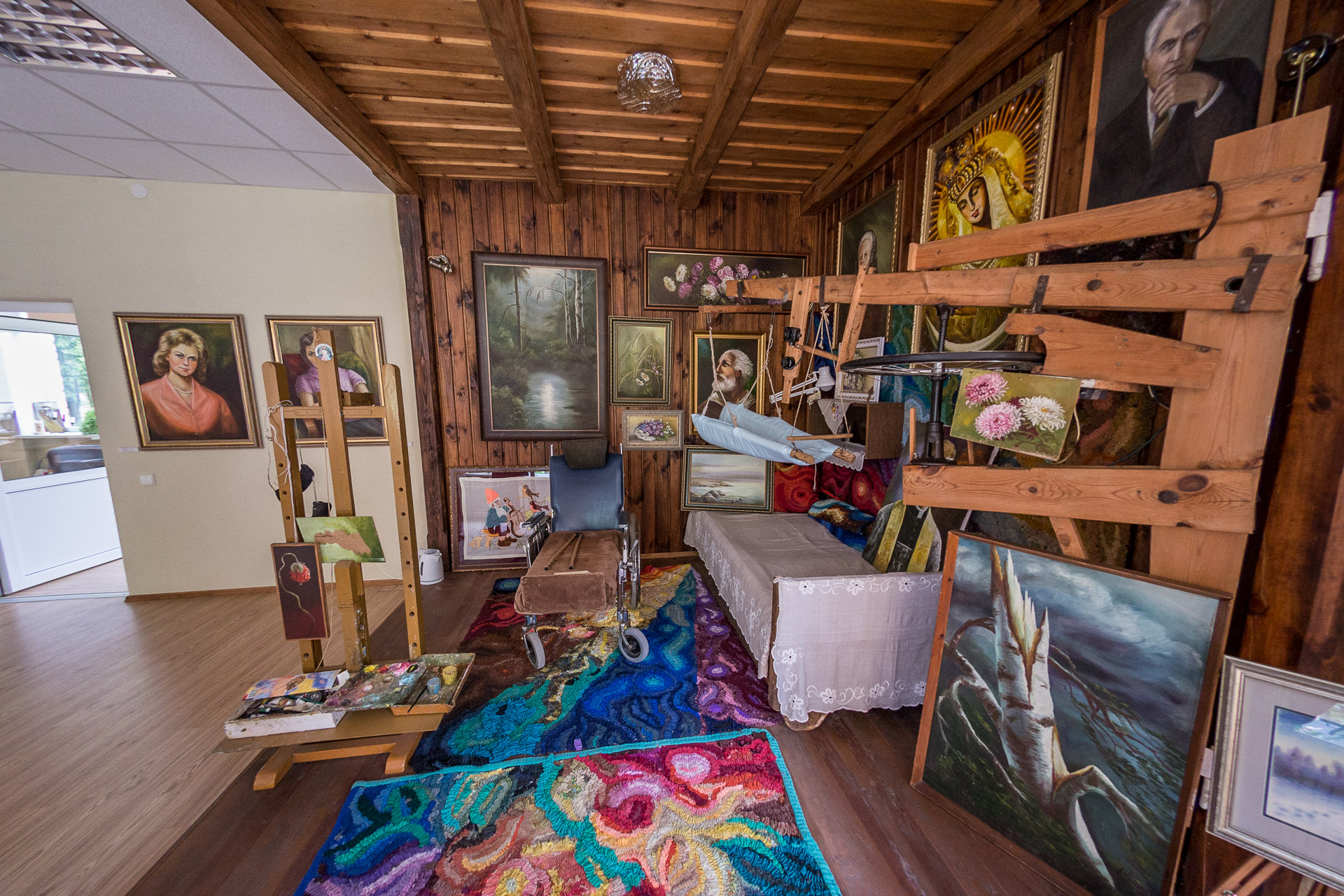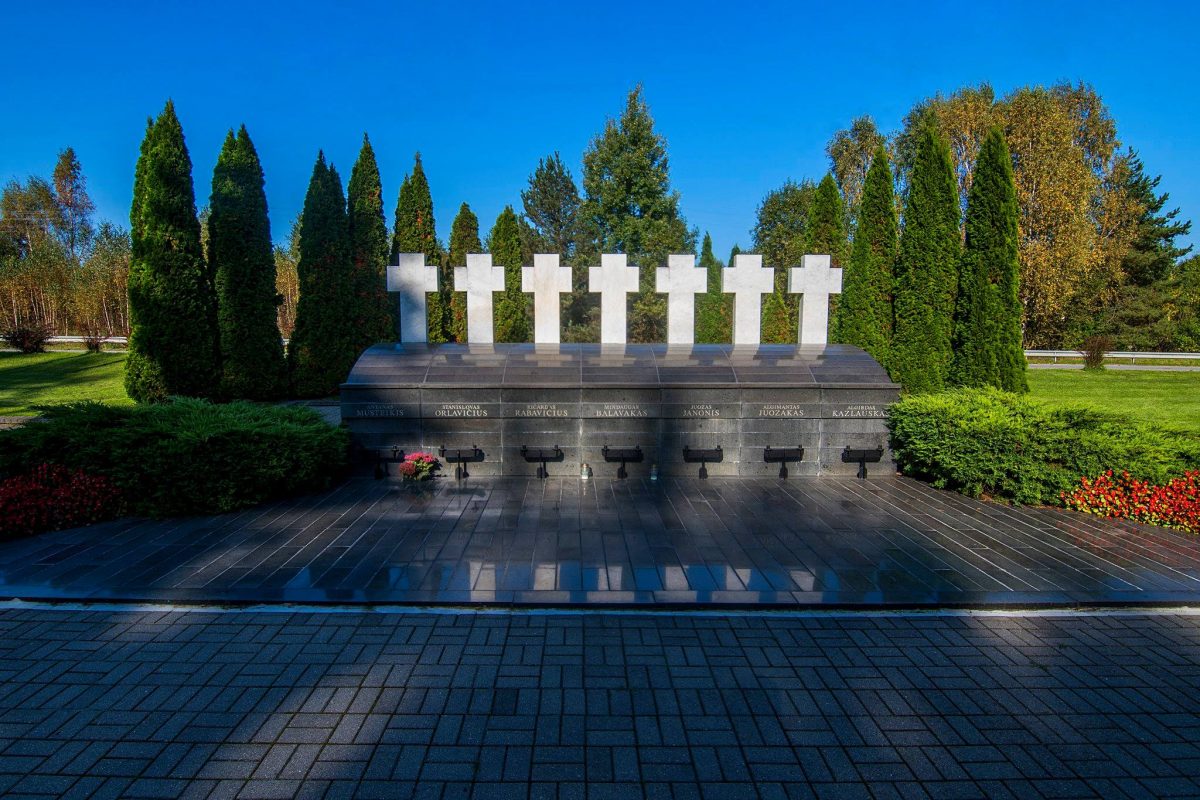Medininkai Memorial

97

0

0
0 out of 5
(0 reviews)
The protection of the state border is the foundation of an independent country, and the work of border guards is an integral part of Lithuania's history. In the 1990s, following Lithuania's declaration of independence, the establishment of border control posts began, accompanied by intense challenges. Despite the pressure from the Soviet Union, Lithuanian border guards stood resolutely to defend the country's borders.
Info
The protection of the state border is the foundation of an independent country, and the work of border guards is an integral part of Lithuania's history. In the 1990s, following Lithuania's declaration of independence, the establishment of border control posts began, accompanied by intense challenges. Despite the pressure from the Soviet Union, Lithuanian border guards stood resolutely to defend the country's borders.
The Medininkai tragedy, which occurred on July 31, 1991, remains one of the most painful events in the history of restored Lithuania. On that day, a Soviet OMON unit brutally attacked the Medininkai border post, taking the lives of seven officers. This was a deliberate and cold-blooded act that deeply affected the entire nation.
The Medininkai Memorial and Museum, commemorating this tragedy, remind us of the brave Lithuanian guardians who paid for their country's freedom
and independence with their lives. The Border Guard Museum, housing more than 2,750 exhibits, allows visitors to gain a deeper understanding of the history and development of the state border protection system. The museum's exhibits, ranging from the Grand Duchy of Lithuania era to the present day, reveal the unique aspects of border guard work, their dedication, and the challenges of the profession.
The development of state border protection since the 1990s, as presented in the museum, helps to comprehend the changes in the work of border guards and their importance in safeguarding Lithuania's independence. Educational programs for students and adults deepen the understanding of this crucial state function.
The museum also honors the victims of the Medininkai massacre and all those who fought for Lithuania's freedom, reminding us of the sacrifices made in the pursuit of independence.
Found a mistake?
Report
Whats new?
Nearby attractions
Nearest museums

 Entertainment
Entertainment
 Sightseeing
Sightseeing
 Food establishments
Food establishments





























 54.548087, 25.683239
54.548087, 25.683239
 Get directions
Get directions








